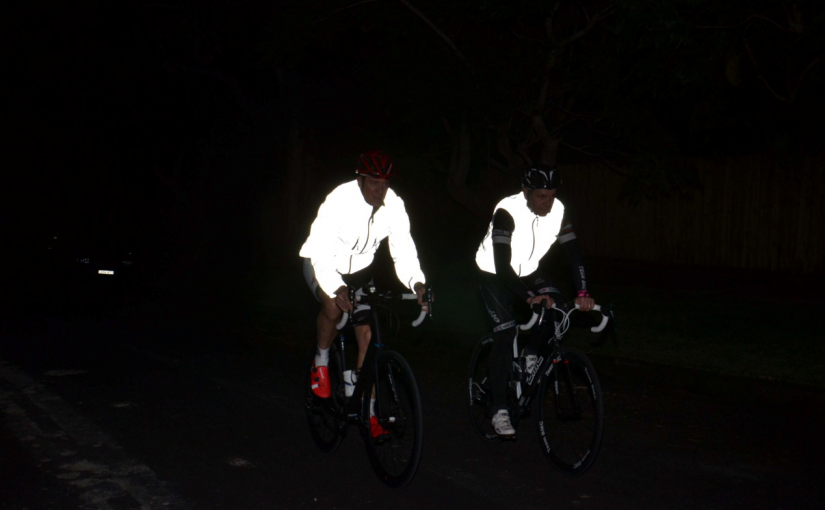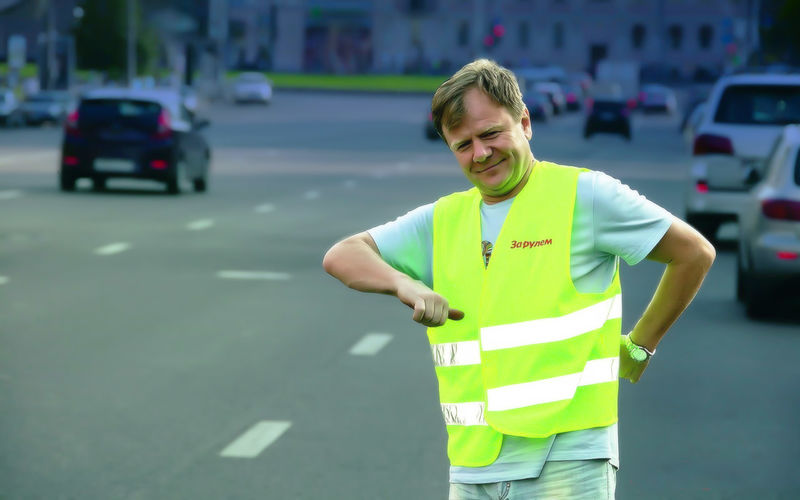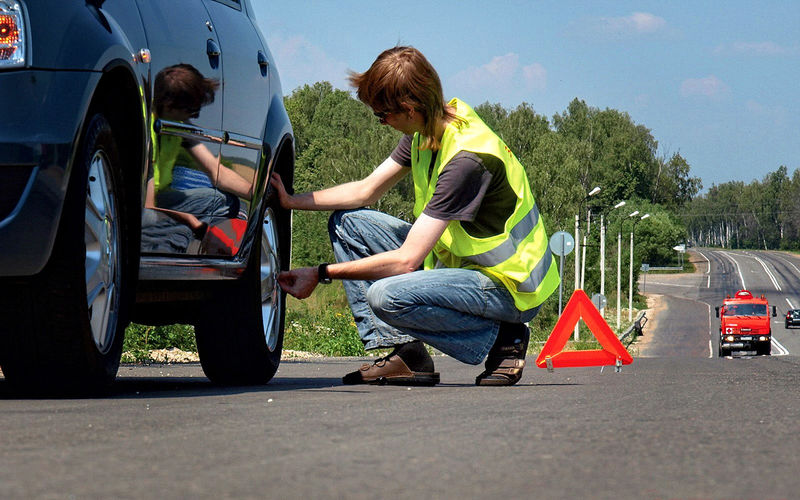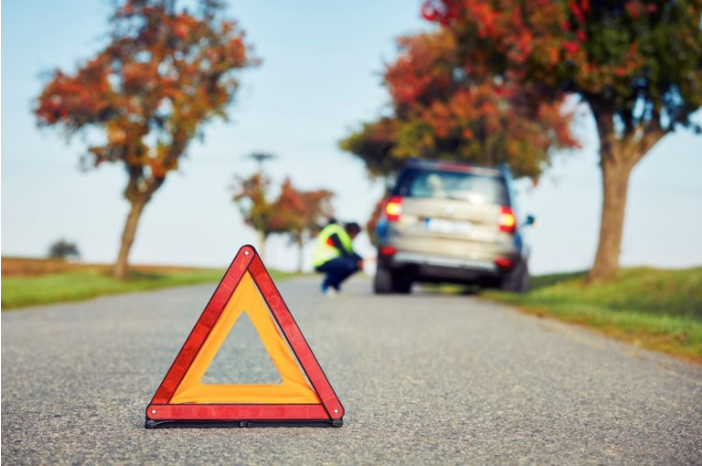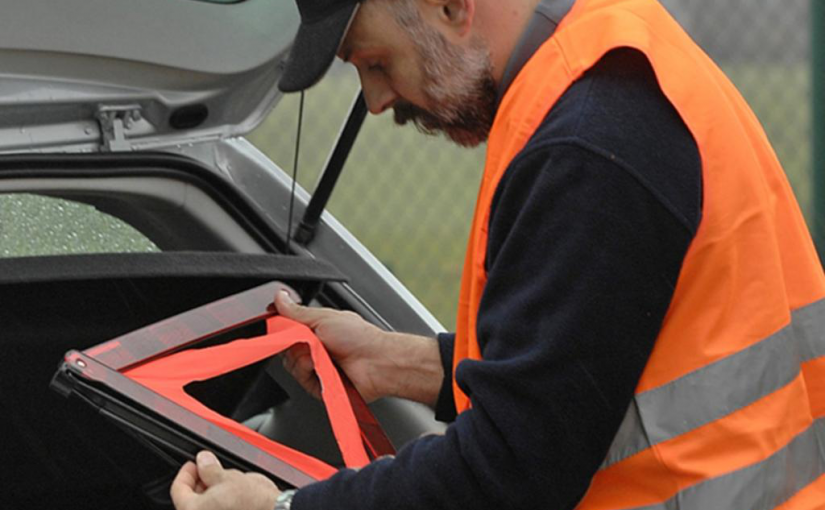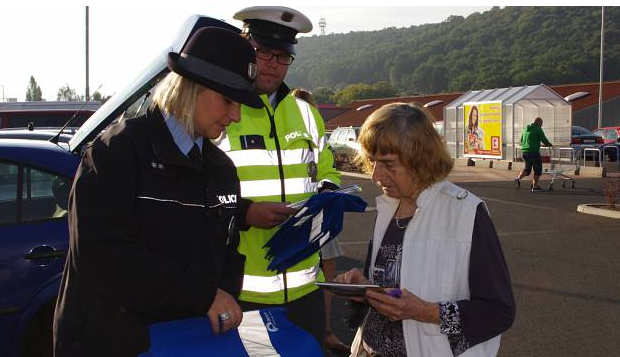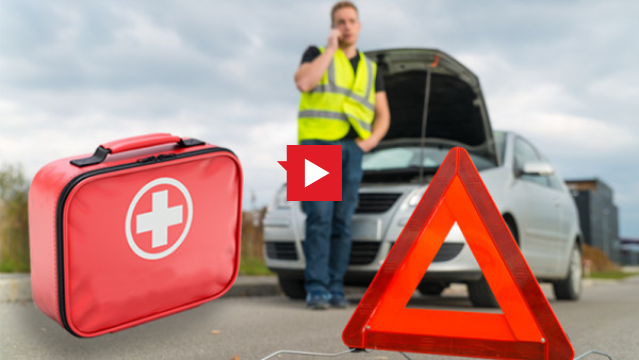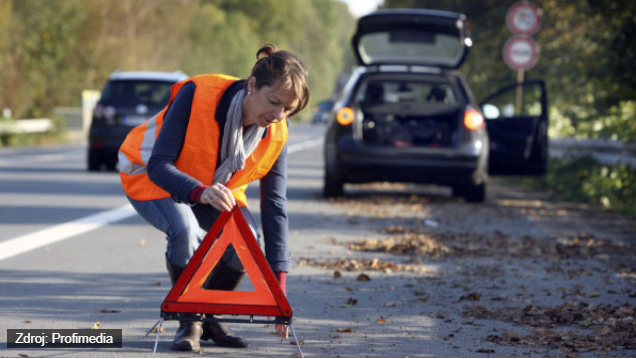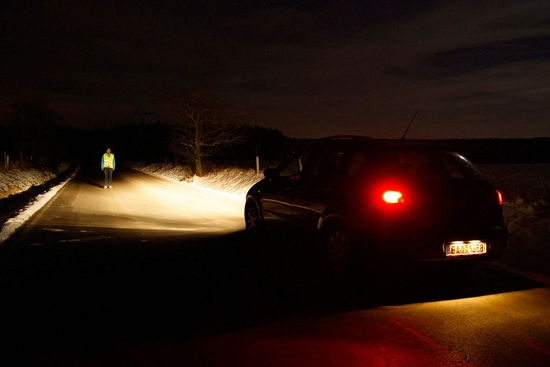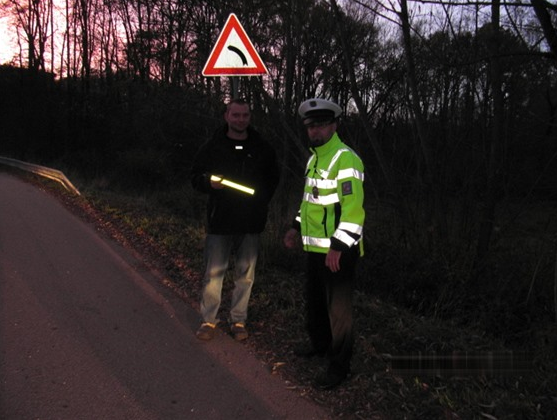Defensive driving isn’t just a concept reserved for automobile drivers.
It’s just as important – probably even more so – for cyclists.
“I think one of the biggest things as a bicyclist is to be a defensive rider, very focused and alert – able to anticipate what cars around you may do before they do it,” UVA Health System injury prevention coordinator Liz Cochran said. “The sooner you can detect potential conflicts on the road, the quicker you can act to avoid a potential crash.”
But that doesn’t mean cyclists here – or anywhere for that matter – can let their guard down.
Knowing the rules of the road is just one-way cyclists can protect themselves, according to UVA Health System injury prevention coordinator Liz Cochran.
According to Cochran, bike-related head injuries are the No. 1 reason for sports- and recreation-related emergency room visits for U.S. children ages 14 and under.
Here are six tips from Cochran on how bikers can better protect themselves:
1. Don’t just wear any helmet
Just because you’re wearing a helmet doesn’t necessarily mean you’re protected.
Cochran says people often buy helmets that don’t fit correctly, or even worse, they wear a helmet but leave it unbuckled.
It starts with getting the correct fit, she said.
“You can’t just go by a rider’s age,” she said. “You have to test them out to find the right size for a person’s head.
“You can start with a tape measure to measure your head, staying above your ears and your eyebrows because that’s where the helmet fit will be. Just like a pair of jeans, you’re going to have brands that vary in their sizing charts. Just because a certain size fits at Wal-Mart, doesn’t mean the same will at Target. You have to try it on and make sure it is snug all around. You don’t want any spaces between the foam tab and your head.”
And Cochran says you also have to make sure you’re wearing the helmet correctly.
“You want to put your fingers in a ‘V’ shape, like a peace sign, under and slightly in front of a bike rider’s ears and the straps should align with your fingers. The chin strap should be fitted under their chin, but should not be so snug that one or two fingers can’t fit beneath it. An easy way to test it is to open your mouth wide, like a yawn, and the helmet should pull down on the head. If not, the chin strap needs to be tighter.
“You can pull the straps on the back of the helmet to adjust it, and once it’s fastened, the helmet shouldn’t move in any direction. It should be snug, but not so snug that you can’t open your mouth.”
2. Check Your Bike
Before you go out for a ride, inspect your bike.
“So often people get on the bike and right away want to go out on the roads. And that’s great, we encourage people to bike and exercise, but you also have to educate yourself first on how to be a responsible bike rider, just like you would be a vehicle driver, “Cochran said, “and that includes checking the ABC’s of bike safety – air, brakes, chain / clean.”
“Also, you want to find a bike that fits you. If it’s too big, it’s going to be much harder to control. If it’s too small, you’re going to be putting out a lot more effort.”
3. Careful with Carry-Ons
“If you’re carrying items on a bike, you want them either in a backpack on your back or strapped on the back of the bike. You don’t want anything swinging from your arms as you’re trying to ride,” Cochran said.
That advice extends to your clothing, too.
“Wearing anything long and loose isn’t the best riding attire as clothing can easily get caught up in chains and gears and cause a crash,” she said. “Make sure shoelaces are tied and tucked in, pant legs are cuffed up, and long dresses and skirts are kept clear of the bike chain and gears.”
4. Guiding Light
“Wear bright clothing during the day and reflective clothing or reflective vest in the evening hours, as well as having lights on your bike,” Cochran said.
5. Lose the Booze
This may seem like a no-brainer, but Cochran said the numbers suggest otherwise.
“In recent statistics, alcohol was involved in 37% of all fatal bicycle crashes,” she said. “If you’re drinking, you shouldn’t be operating or driving any vehicle, and this applies to bikes as well.”
“Anyone who works in the field of trauma will tell you, lots of injuries that come through have an alcohol-related component to them; problematic drinking habits are something we screen all injured patients for at UVA.”
6. Rules of the Road
Cochran suggests learning all you can about cycling laws via the National Highway Traffic Safety Administration and also going to your local bike shop and biking community to “pick their brains.”
“Local riders can tell you from their own experiences what area roads that are safer to ride on, or ones they would suggest avoiding,” she said. “Aside from wearing a helmet, being an educated bicyclist is one of the best things you can do to protect yourself.”
